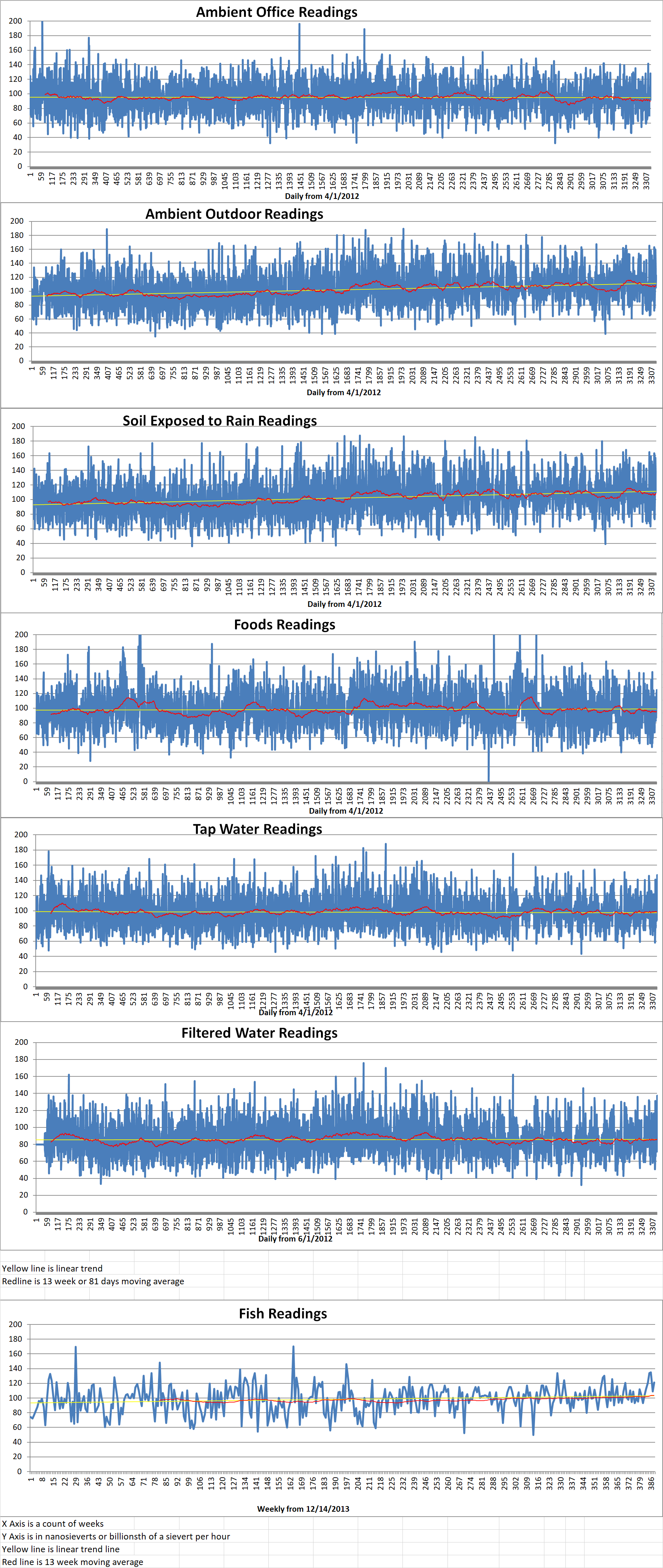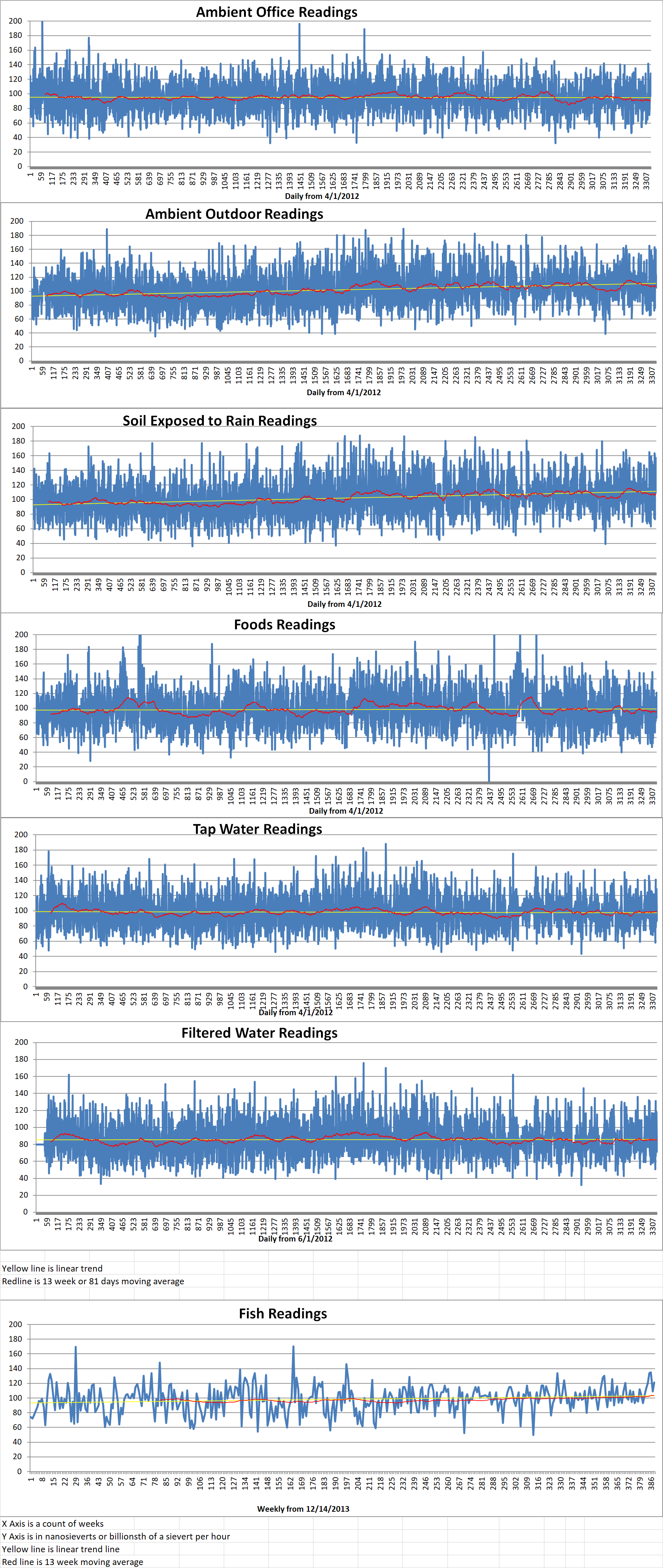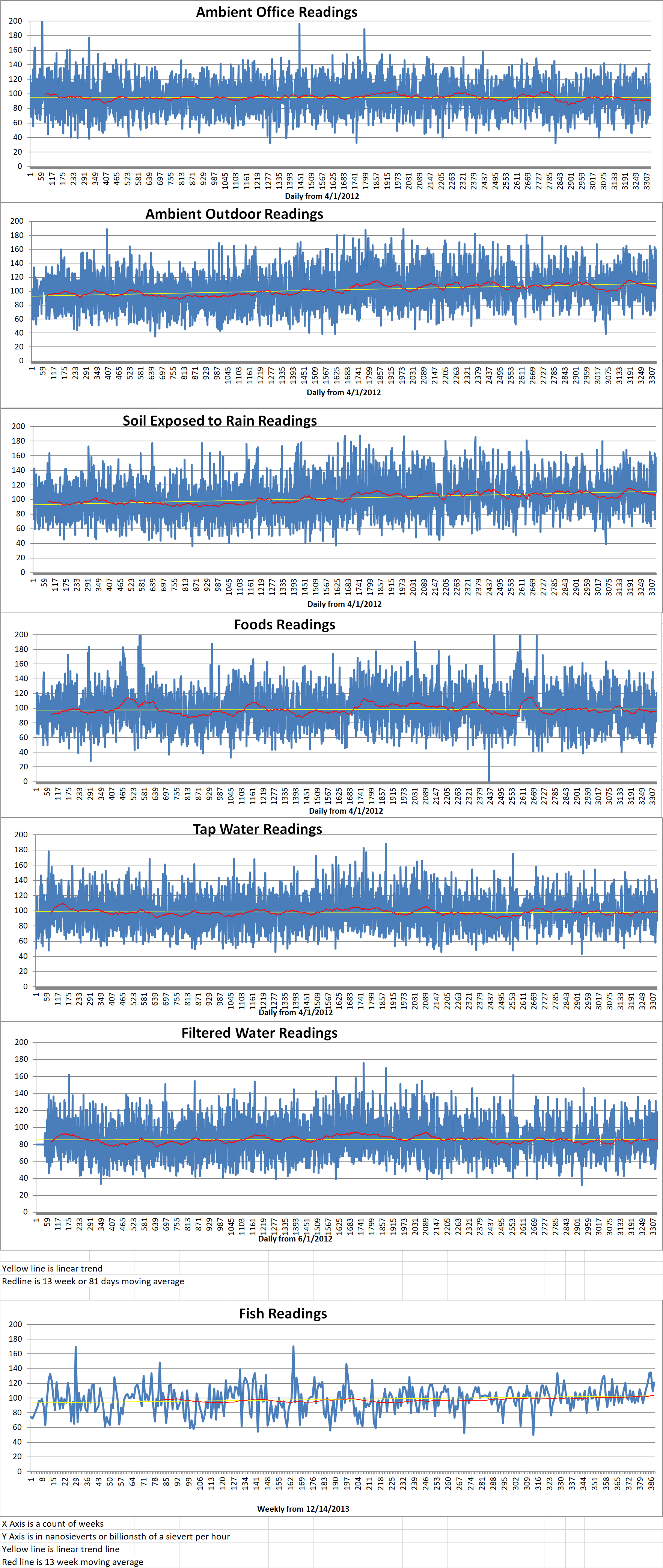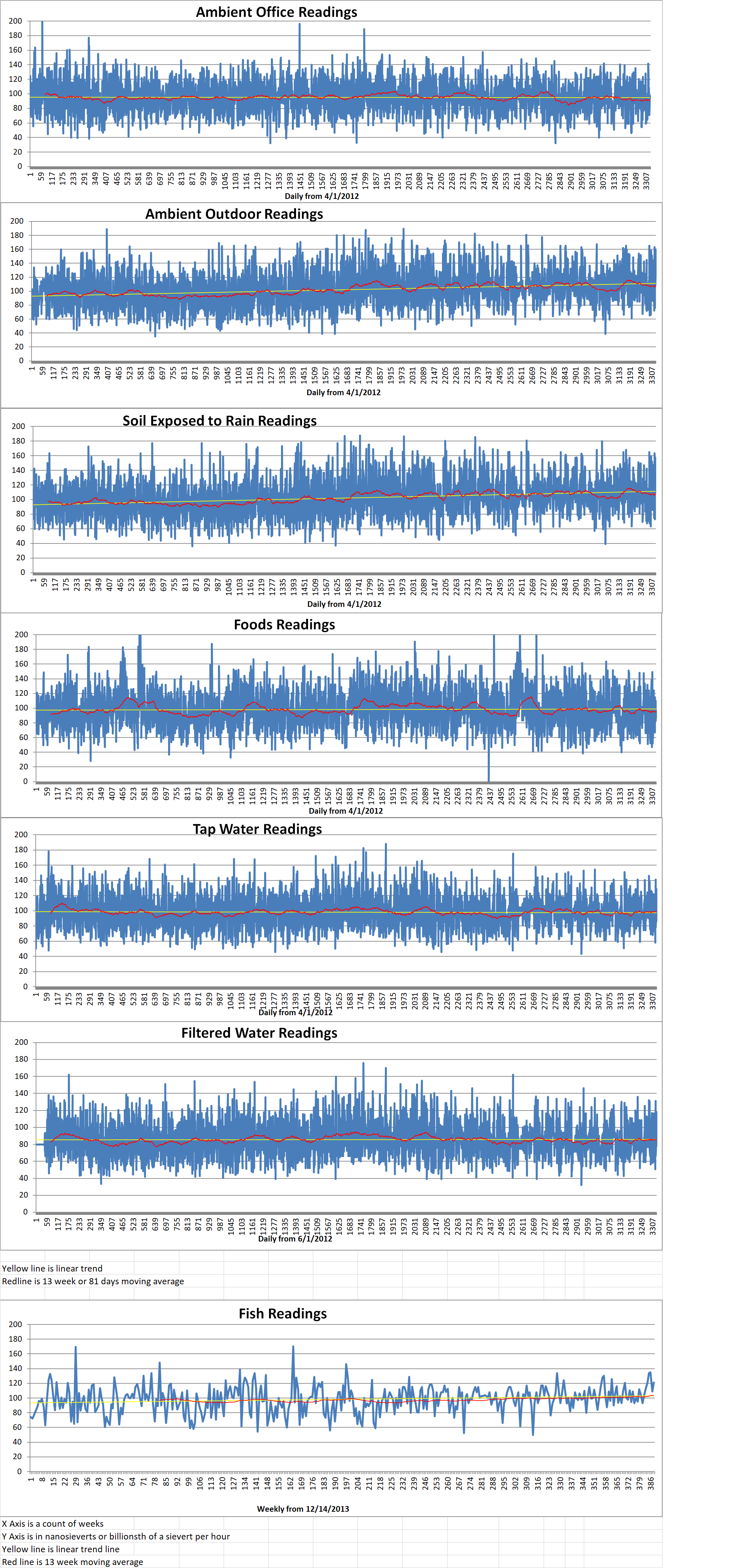Energy sources are a major topic of discussion for U.S. municipalities. Critics of many proposed projects believe that when it comes to the use of public funds, taxpayers and communities of states such as Utah should not act as venture capitalists for risky bets on untried energy systems. The Utah Associate Municipal Power Systems (UAMPS) is recruiting towns and communities around the western U.S. to pay for a type of nuclear power referred to as small modular reactors (SMRs). If this project goes forward, the reactors will be constructed in southern Idaho.
Last fall, seven Utah cities from Logan to Lehi withdrew their support for the UAMPS nuclear project because of the financial risks that their residents should not be asked to accept. However, many municipalities, such as Brigham City, Hyrum, Hurricane and Washington City are still willing to risk gambling with their taxpayer dollars.
If SMRs are ready for market, then the private sector should show it by putting up its money. Governments should stay out of it especially when public funds are at risk. The participation commitments that UAMPS has been demanding from Utah communities that are interested in buying the SMR electricity require upfront payments from residents for a product that is full of uncertainty. Oregon-based NuScale is the developer of the SMRs but they have never built a plant like this before. The design keeps changing and it is almost a decade away from even being potentially operational.
Any investment of public dollars from those municipalities willing to gamble their money must be done in the open with public scrutiny. Unfortunately, the information exchange between UAMPS and its potential payers has been opaque. When information is provided, it is troubling. For example, the budget for the project has expanded from an initial estimate of three billion to a more recent estimate of six billion, It was only recently revealed that the company that was going to operate the plant, Energy Northwest, withdrew in March.
In late June, UAMPS suddenly decided to reduce the number of SMRs at the planned power plant from twelve to six because they were struggling to get enough communities to commit to justify twelve units. This reduction led to a hike in the projected price that UAMPS had been promising which upset the still-participating municipalities.
Plenty of Utah city council members have heard their constituents and have said “thanks but no thanks”. Bountiful, Kaysville, Murray, Lehi and Heber were some of biggest subscribers to the SMRs proposal but have since left the project. However, other municipalities remain official interested in this particular power project and are continuing their participation. If you reside in any of the communities still in the project, pay attention and watch your power bill. There may still be an opportunity to withdraw from the project.
Utah municipalities should be conservative watchdogs of tax dollars. Prudent and transparent use of public money is acceptable. Unproven technology and murky promises that keep shifting are not acceptable. At this time, SMRs are a venture, not a product. Let private venture capital come in and pay for such projects, not Utah taxpayers.







